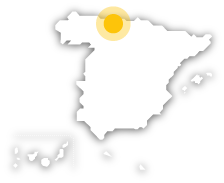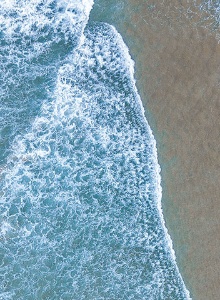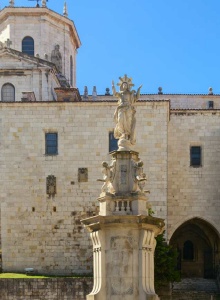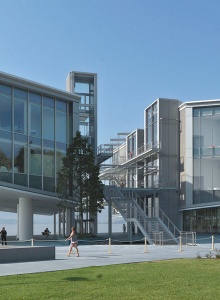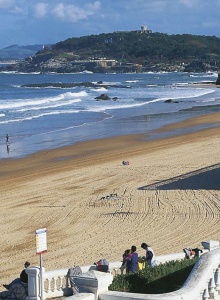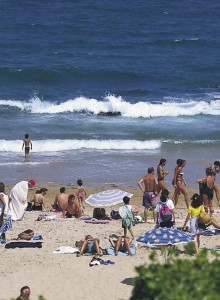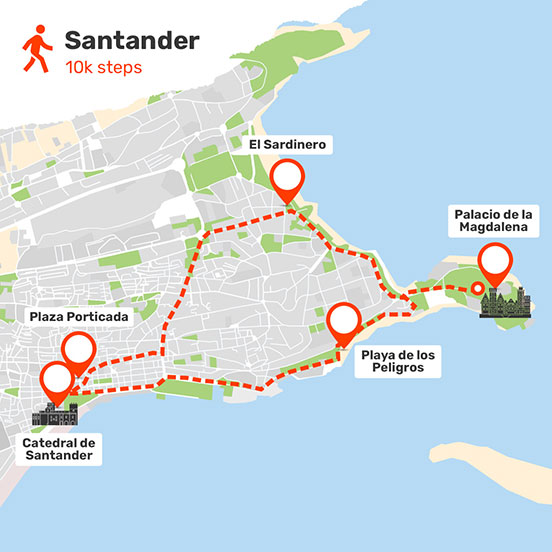DAY 1:
On the first day you could spend some time discovering the old quarter with its stately homes and enjoy the seafaring side to the city and its famous Centro Botín.
Historic quarter
The tour starts in the Paseo de Pereda gardens, where you can pick up some information in the tourist office located there. A walk through the gardens to see the cedars and magnolia trees will bring you to the historic city centre. It is not very large, so the best way to explore it is to stroll around, seeing the sights at your own pace, and soaking up the elegant atmosphere. The first thing you’ll notice is the majestic façades of the banks, historically of great importance to Santander. Continue on down Calle Hernán Cortes to Plaza Porticada. This Neoclassical square is one of the liveliest places in the city, and also symbolic, as it was built to be the new city centre after Santander was devastated by fire in 1941.Next door, you’ll find the church of El Cristo and Santander Cathedral, opposite the church of La Compañía. This is a good place to take a few photos and discover some of the legends about the origins of the city. Continue along Calle Juan de Herrera to Plaza del Ayuntamiento and the Town Hall. There is always a lively atmosphere here, and there are sure to be groups of people relaxing on its benches. The next stop is the MAS - the Museum of Modern and Contemporary Art of Santander and Cantabria, or the Menéndez Pelayo museum house and library, named after one of the area's most influential thinkers. But if you’re looking for a cheerful atmosphere and a chance to see the everyday life of the people of Santander, try a visit to the Esperanza market, where they sell some of the best fresh fish in Spain.
Shopping and local cuisine
After a cultural morning, you can take a little time off for shopping. If you continue along Calle Jesús de Monasterio and Calle San Fernando, you’ll find yourself in Santander’s main shopping district, the ideal place to find a gift or a souvenir of your trip.Right in this area, and particularly in Calle Vargas (parallel to San Fernando) you’ll find several restaurants perfect for enjoying Santander’s traditional coastal cuisine. Local specialities include rabas (fried squid), caracolillos (whelks) and mejillones (mussels). Delicious.
A city overlooking the sea
Afternoon is the ideal time to explore maritime Santander, with a stroll along the attractive area beside the dock. When you come out of the Paseo de Pereda gardens, you’ll see the famous Stone Crane, which can lift 30 tonnes. You can enjoy a cup of coffee on Paseo de Pereda, an avenue full of charming cafés with a literary air. Just a few metres away is the Embarcadero Palace, where you might be tempted to take a ride. A boat trip starts here on a small boat that takes you around the bay. There is an incredible view of the city from the sea, which makes this one-hour trip a wonderful experience.
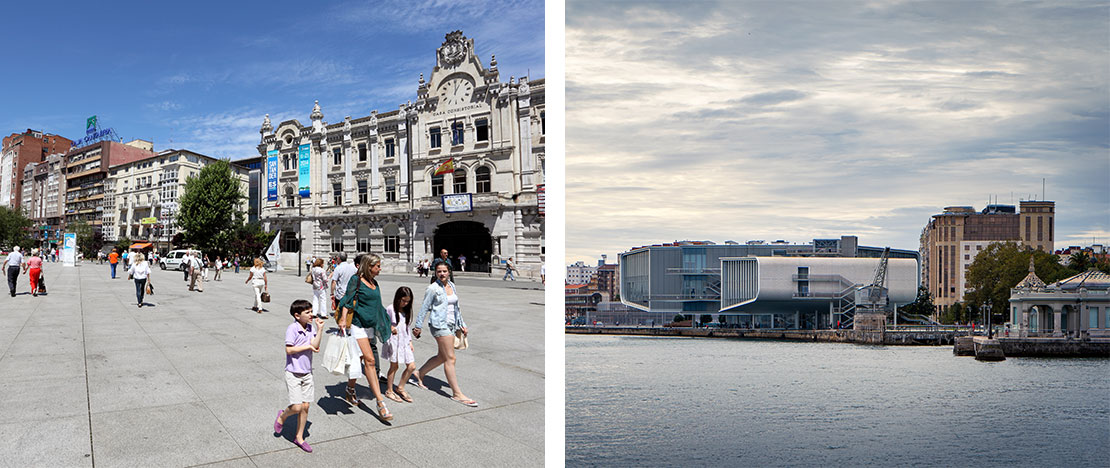
Centro Botín and “Los Raqueros”
On your return, you could take the opportunity to visit what has become a new symbol of the city: the Centro Botín. This centre is a cultural space dedicated to contemporary art, music, film, theatre, and literature. The building, designed by the Pritzker Prize-winning architect Renzo Piano, is in an exceptional location overlooking the Bay of Santander.After that, a walk along the Calderón dock will bring you to the sculpture of “Los Raqueros”, which depicts a group of children diving into the water, created in memory of the children who years ago used to dive into the bay to pick up the coins thrown to them by tourists. The sculpture and its setting make for a fun, intriguing photo.
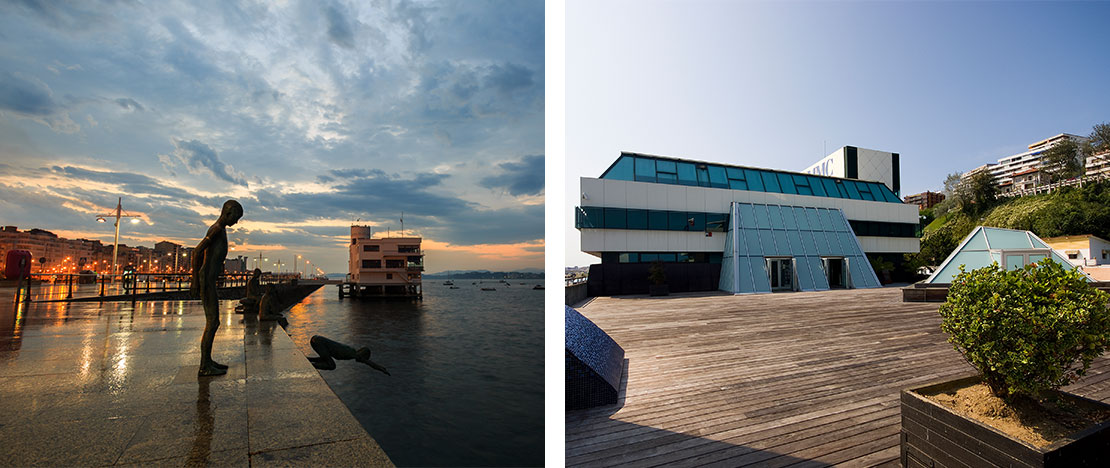
Cantabrian Maritime Museum and a supper of tapas
If you continue on your walk you’ll pass by the Puertochico Yacht Club, and eye-catching buildings such as the Planetarium and the Festival Centre. A walk along Avenida de Severiano Ballesteros will take you to the Cantabrian Maritime Museum, well worth a stop to see the modern aquariums and learn more about man’s relationship with the sea. After the museum you can cool off and spend the rest of the afternoon in the beach area (Los Peligros and La Magdalena are the first ones you will see).At dinner time, a good option is to return to the centre for tapas, going from one bar to another sampling the local specialities in the area around Plaza de Cañadío square. This is one of the best areas in the city if you feel like going clubbing or having a drink after dinner. If it’s summer, the square will be full of people out having fun.
What to see
Activa JS

